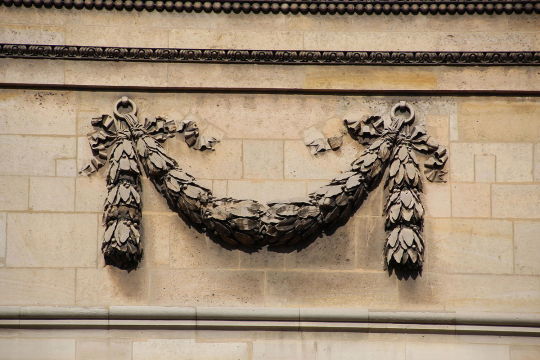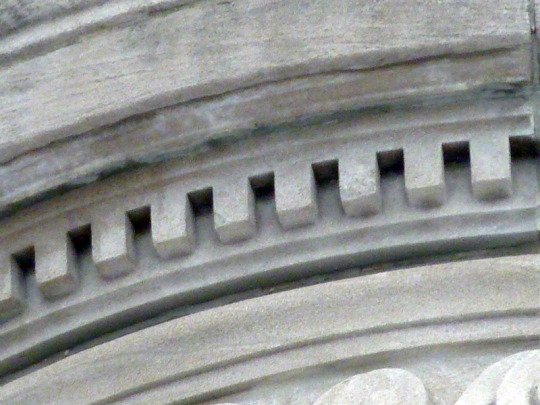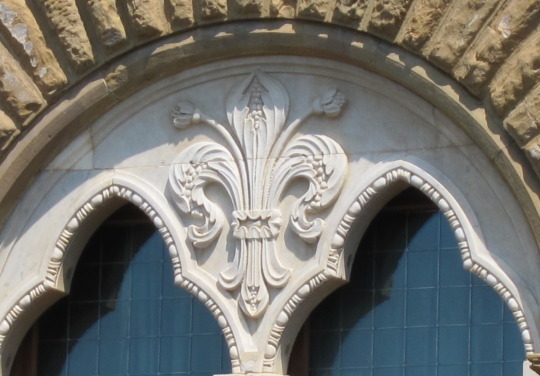Architectural Nomenclature for D&D and Authors
Here is a series of diagrams I made while I was making the D&D 5e Masonry profession stuff. It’s basically a helpful guide to help describe parts of buildings, windows, and doors for us non-architects out there. Use these to narrate your dungeon using accurate descriptors, or be inspired to decorate the dungeon with these new terms! You could make corbels that are shaped like owlbears, or socles carved like dragon’s claws. Especially useful to describe where secrets can be hidden, like the lintel of a door or pilaster of a wall. I recall needing to look up the term “lintel” when there was a secret lever built into one in the Shrine of Tamoachan, so there’s definitely a use for it.
Keep in mind that some of these parts can be used for other objects, particularly furniture. For instance, a table can have an entablature and cornice, just like a roof can. A pediment can exist above a door or window. A reliquary can have crockets and pinnacles like a cathedral.
I learned a lot about architecture while researching stuff for Mason’s Tools, and wanted to share it with you guys! Remember that a wide breadth of knowledge can help you become a better overall DM!
Gothic CathedralHellenistic Temple
Crenellated Wall
Interior Wall
Doors and Windows
Roofs and Domes
Arches and Vaults
Architectural Patterns
Other Decorative Terms:
Urn: Yes they put them on buildings, not just in dungeons.
Festoon: A wreath or garland hanging from two points. If it depicts cloth it is known as a swag. So yea.
Dentils: Originating as the ends of rafters, these became decoration that is repeated below a roof’s cornice. Their name means “teeth.”
Acanthus: This is the leaf that you find in a lot of architecture, especially as the capitals of Corinthian columns.
Diapering: Weird name, but basically anything that is a repeated pattern usually based on a grid that breaks up an otherwise flat space. Apparently the name comes from the Greek dia (cross/diagonal) and aspros (white)
Fleur-de-lis: If you weren’t familiar with it already, that’s what this is called:
Well that about wraps it up for today. Hope everyone was able to learn something today!









